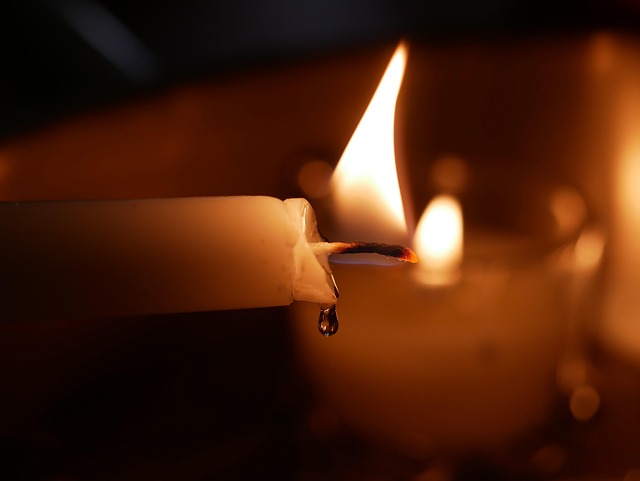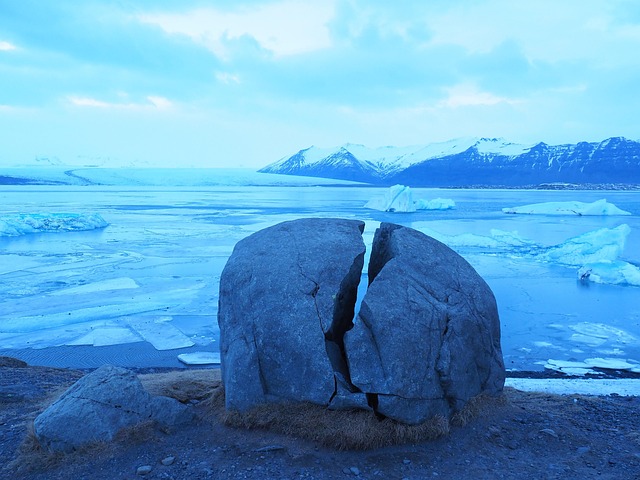The Vanishing Beauty: Glacial Lakes in a Melting World
There’s a melancholic beauty that lies in the shimmering surfaces of glacial lakes. These bodies of water, formed over millennia from the pristine melt of icy glaciers, offer a glimpse into a world that feels both breathtaking and fragile. Unfortunately, as temperatures rise and glaciers retreat, we find ourselves watching a heartbreaking phenomenon: the slow disappearance of these stunning lakes.
Glacial lakes are not just geographical formations; they are vibrant ecosystems teeming with life. The clear, azure waters reflect the sky, creating postcard-perfect vistas that draw adventurers and nature lovers from across the globe. However, this picturesque charm belies an urgent reality: many of these lakes are vanishing at an alarming rate. According to recent studies, climate change is accelerating the pace at which glaciers melt, leading to the alarming shrinking or complete disappearance of glacial lakes.
The loss of these lakes resonates more profoundly than just the loss of physical beauty. It represents an important shift in our planet’s climate system. With glacial lakes acting as indicators of climate stability, their diminishing presence serves as a stark reminder of the changes we are witnessing in our environment. Many communities that rely on these lakes for freshwater, tourism, and livelihood are now facing uncertainty about their future.
Each glacial lake tells a story of resilience and fragility. The turquoise waters of Lake Louise in Canada, the stunning reflections at Lago di Braies in the Italian Dolomites, and the ethereal beauty of Iceland’s Fjallsárlón offer sanctuary for various species and awe for human visitors. But with every passing year, we witness disheartening signs—receding shorelines, shrinking volumes, and communities grappling with the irreversible losses.
The cultural significance of glacial lakes cannot be overlooked either. Many Indigenous communities have long revered these natural wonders as sacred sites, woven into their histories and identities. As these lakes dwindle, we risk losing not just the lakes themselves but the rich tapestry of lore, traditions, and knowledge associated with their existence.
In a world increasingly marked by extremes—ranging from wildfires and floods to rising sea levels—the fate of glacial lakes poses a poignant question: What are we willing to lose and what must we save? Each time we step foot into a glacial wonder, we should carry with us a sense of urgency—a responsibility to act, advocate, and cherish these magnificent sites before they fade into memory.
While there is still time, we must join the global conversation about climate action, understanding that the melting of glacial lakes is a collective challenge that requires a concerted effort. From adopting sustainable practices to promoting awareness on a larger platform, every little action counts. We can preserve not only the breathtaking beauty of glacial lakes but also their role as vital components of our planet’s ecological balance.



